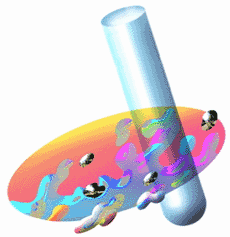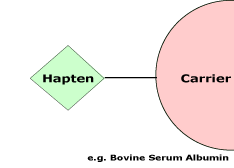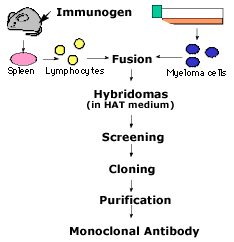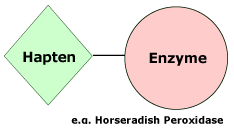|
1. Competitive Reaction
The inner surface of a well is coated with the protein called monoclonal antibody, which binds exclusively with an analyte (pollutant). The analyte derived from samples and an antigen-enzyme conjugate, which is an analyte labeled with a coloring enzyme, are premixed and subject to immobilized antibody for a competitive assay, vying for a limited number of antibody binding sites. When the analyte concentration is higher relative to the enzyme conjugate, the analyte will predominantly bind antibody and vice versa.
2.Chromogenic Reaction
Unbound analytes and excess antigen-enzyme conjugates are washed out. Then
the chromogenic substrate is added to develop color in conjunction with
conjugated enzyme. The amount of antigen-enzyme conjugate remaining with
antibody will determine color intensity. The higher concentration of target
substance in sample, for example, leads to less antigen-conjugate on antibody,
generating lighter color, i.e. lower absorbance.

3. Quantification
The standard curve, a dose-response curve from known concentrations of analyte,
is determined from the absorbance from a certain wavelength (e.g. 450nm for horseradish
peroxidase and tetramethyl benzidine). The analyte concentration is accurately
calculated from the response intensity of absorbance.
|
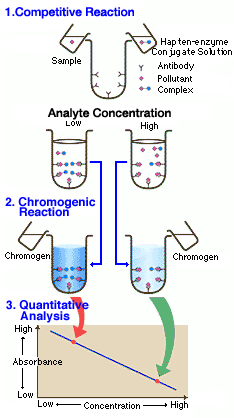 |
